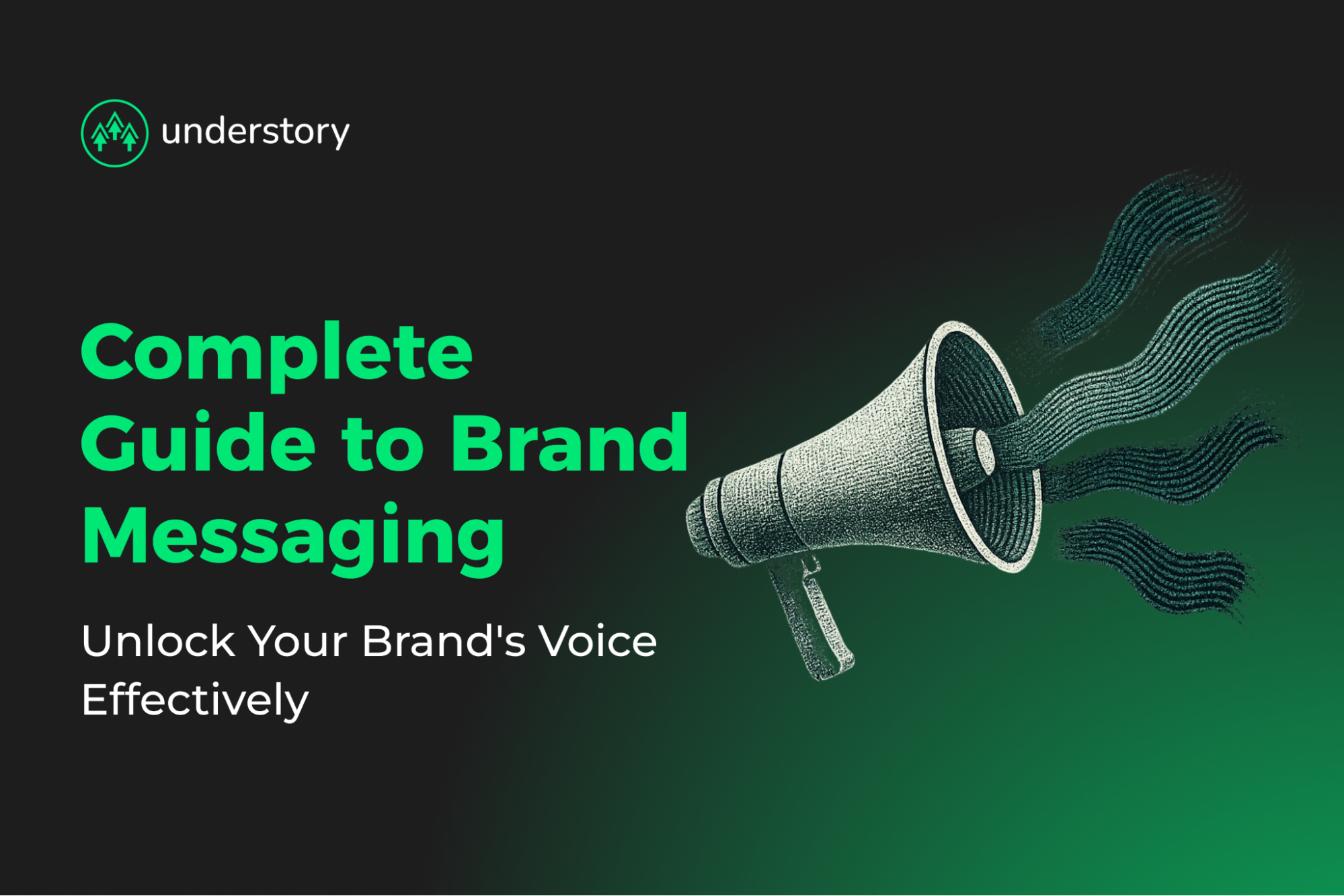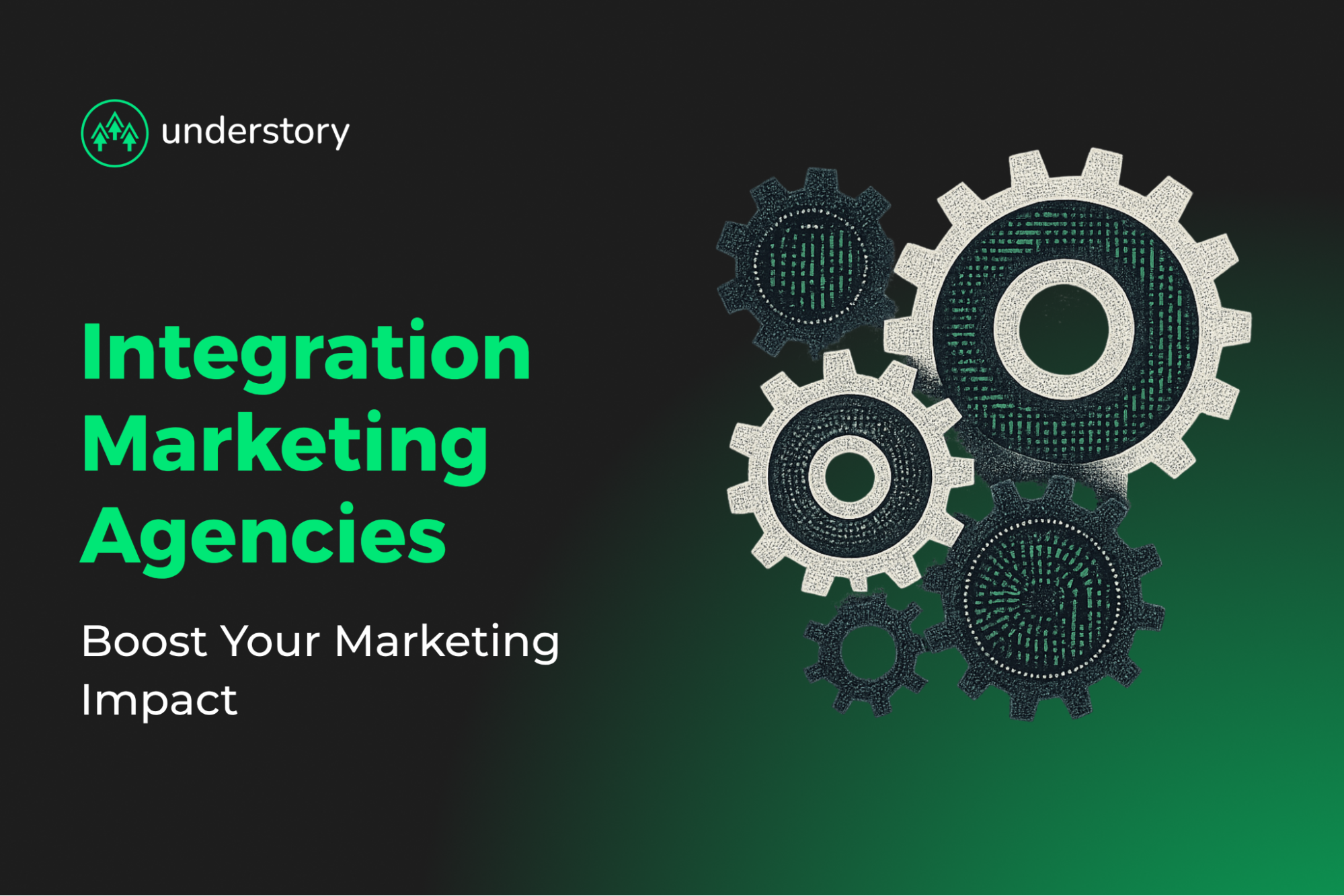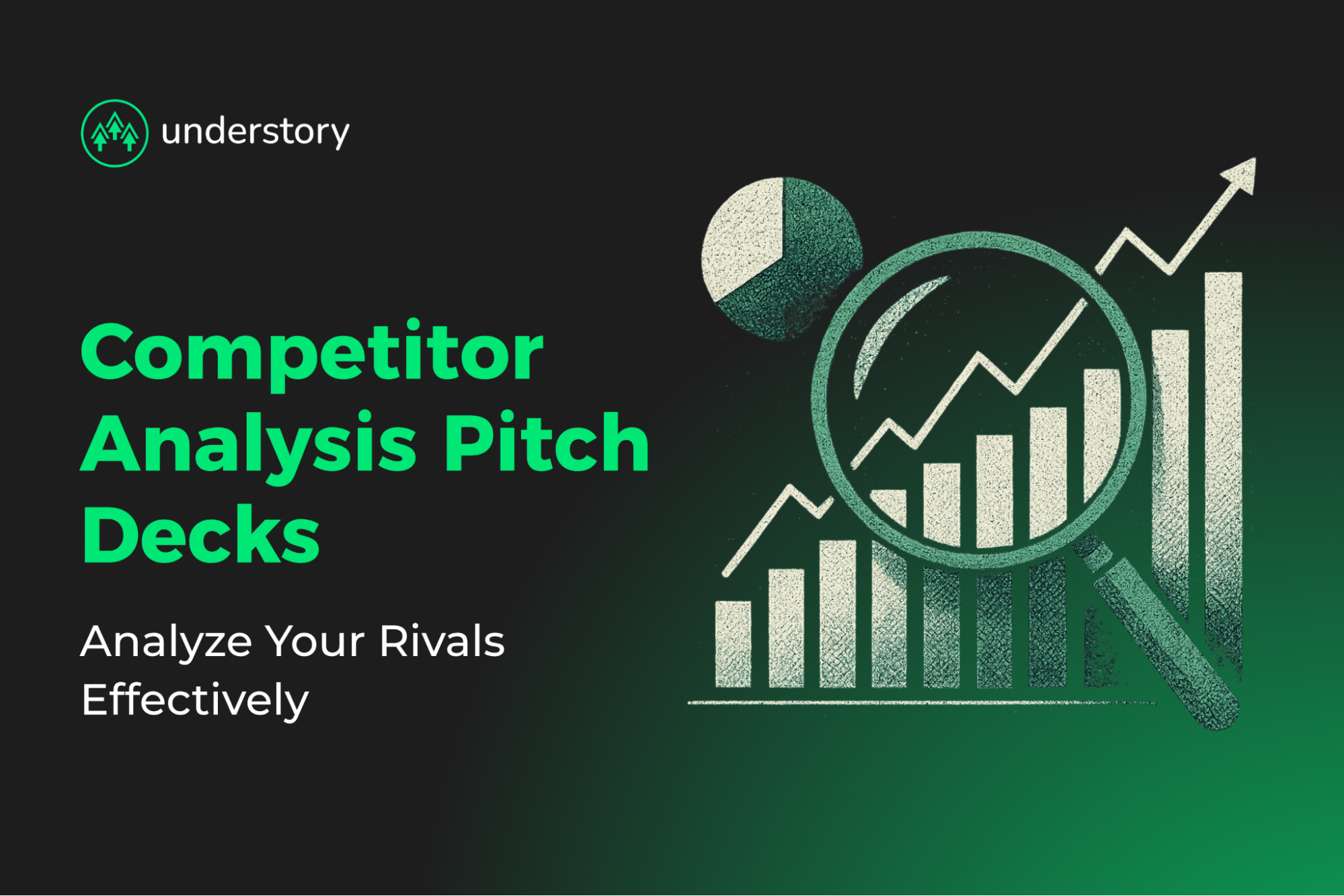

In-House Marketing vs. Agency: Choosing the Best Fit

Ali Yildirim
Author
Published date
11/21/2025
Reading time
5 min
With acquisition costs climbing and growth targets tightening, how you structure your marketing team directly shapes CAC, speed, and scalability. You have two options: full-time talent immersed in your brand, or specialized experts on flexible retainers.
Each model balances cost, control, and expertise differently. Choose right, and you'll scale efficiently; choose wrong, and you'll face silos and rising overhead.
This guide compares the two models, shares real cost benchmarks, and helps you decide which setup fits your current growth stage.
Feature-by-feature deep dive
Choosing between an in-house team and an agency partner is a strategic decision that shapes speed, ROI, and long-term scalability. Here's how both models perform across critical growth dimensions.
Expertise & skills
Modern SaaS marketing spans paid media, SEO, content, RevOps, and analytics. These are roles no single generalist can fill.
In-house teams develop deep product context and direct access to PMs but struggle to cover every channel without ballooning costs. Specialized hires take time and limit agility. Agencies offer a full roster of specialists ready to deploy, including performance marketers, analysts, and creatives with proven frameworks. Their drawback often includes weaker product familiarity, requiring time for onboarding and alignment.
Agencies win on depth and flexibility, though hybrid structures can preserve internal storytelling while tapping external expertise.
Cost structure
The best setup aligns cost flexibility with ARR volatility.
In-house teams offer predictability through fixed salaries but drive up overhead with loaded costs that can reach 50–60% above base pay once benefits and tools are added. Agencies shift spend to a variable model where retainers and project fees scale with growth, making it easier to adjust spend quarterly. Yet overlapping retainers or underused scopes can inflate CAC if unmanaged.
Agencies offer better cost agility. In-house only pays off when budget stability and brand control outweigh flexibility.
Control & oversight
How close you stay to execution defines responsiveness and brand consistency.
In-house keeps full control with immediate pivots and daily collaboration, but risks groupthink and slower innovation. Agencies introduce external accountability and industry benchmarks but often operate on weekly cycles, limiting instant course correction.
In-house leads on control; agencies win on perspective. The right agency partnership can balance both if reporting cadence and KPIs are aligned.
Speed & agility
Response time determines competitive advantage.
In-house teams pivot faster internally, but expansion still requires hiring, which can take months. Agencies execute faster with existing infrastructure but depend on client approvals. Delays often arise from unclear feedback loops.
Agencies deploy faster initially; in-house reacts faster long-term. Choose based on whether your bottleneck is execution or decision-making.
Innovation & creativity
Innovation thrives where diverse ideas collide.
In-house teams align deeply with brand voice but stagnate creatively over time. Agencies draw on cross-client exposure and real-time trend adoption, injecting fresh ideas that internal teams might miss.
Agencies lead on creative innovation. They see what works across industries and bring that intelligence to you.
Flexibility & scalability
Your resourcing must expand or contract with revenue.
In-house scales linearly with headcount, which is expensive in upcycles and painful in downturns. Agencies flex instantly—you can scale campaigns, pause channels, or pivot messaging without restructuring your org chart.
Agencies dominate here. They give SaaS companies the elasticity needed to match market shifts.
Long-term strategy vs. short-term execution
Sustained growth demands balancing immediate pipeline goals with consistent brand storytelling.
In-house protects long-term vision but risks execution bottlenecks. Agencies excel at tactical delivery and quick wins but can lose narrative cohesion without strong strategic oversight.
In-house wins on strategy consistency; agencies win on near-term execution. The strongest setups blend both: internal guidance and external horsepower.
Cost & value analysis
Early-stage SaaS companies (<$5M ARR) often spend 20–40% of revenue on go-to-market, while mature firms average closer to 8–12%.
A $120k in-house hire quickly costs $190k+ fully loaded. With 5–7 roles needed for multi-channel SaaS, you're easily over $1M before ad spend. Multi-channel agency retainers average $5k–$15k/month for smaller SaaS and $20k–$30k+ for enterprise coverage. The flexibility offsets slightly higher per-hour rates. From an ROI lens, agencies often outperform in the first 6–12 months due to existing frameworks, while in-house teams compound efficiency once systems mature.
AI and automation are narrowing the gap as agencies adopting AI-driven creative and analytics deliver 15–20% faster turnaround and 10–15% lower costs than static internal setups.
Performance & accountability benchmarks
Visibility drives ROI.
In-house teams have real-time access to analytics but limited external benchmarks. They judge performance against internal baselines, not the market. Agencies offer structured reports and cross-client insights, benchmarking your CAC to LTV ratio, CTR, and conversion rates against category leaders.
Agencies lead on benchmarking and transparency, provided they share full-funnel attribution, not just vanity metrics.
Here's the side-by-side grid for how each model performs:
| Category | In-House Marketing Team | Marketing Agency Partner | Winner |
|---|---|---|---|
| Expertise & Skills | Deep product understanding; limited specialist coverage | Access to full-channel experts; weaker product familiarity | Agency |
| Cost Structure | Predictable but fixed; high overhead | Flexible; variable spend that scales with ARR | Agency |
| Control & Oversight | Full ownership; slower innovation | External accountability; limited day-to-day visibility | Tie (Depends on governance) |
| Speed & Agility | Instant internal pivots; hiring delays | Fast deployment; approval bottlenecks possible | Agency (short-term) |
| Innovation & Creativity | Consistent but limited exposure | Cross-client insights fuel rapid testing | Agency |
| Flexibility & Scalability | Linear scaling; hard to downsize | Instant capacity adjustments | Agency |
| Long-Term Strategy | Strong alignment; slower execution | High execution speed; potential brand drift | In-House (long-term) |
| Performance & Accountability | Real-time data; limited benchmarks | Cross-client metrics and structured reporting | Agency |
Decision framework: Match model to growth stage
The right marketing structure depends on your company's maturity, resource limits, and growth targets. Start by assessing your business needs—define revenue targets, runway, and critical milestones. Then evaluate current capabilities by auditing in-house expertise, tech stack, and leadership bandwidth. Finally, project future goals by mapping where you need to be in 18–24 months and reverse-engineer the skills, speed, and spend required.
Once you have that clarity, align your model to your ARR stage.
Startup phase (< $5M ARR)
At this stage, cash efficiency and speed to market outweigh everything.
Early SaaS teams often overspend chasing traction, burning revenue on marketing and sales without achieving true specialist coverage. An agency-heavy model preserves flexibility, fills skill gaps instantly, and keeps costs variable. With low overheads, agencies help conserve runway while giving you access to expert execution across SEO, paid, and content, without the risk of a full-time hire derailing your budget or timeline.
Growth phase (Series A–B)
Funnels expand, attribution becomes complex, and the cost of misalignment rises.
Keep outsourcing execution for technical SEO, paid media, and design. This combination lets you scale experiments faster. Growth-stage SaaS companies using agency models typically outperform peers on marketing efficiency.
Enterprise phase (Post-Series C)
By this point, the focus shifts from scaling fast to scaling efficiently.
Security, compliance, and internal knowledge retention push more execution in-house, but insularity becomes a risk. A mature hybrid structure—core internal team plus specialized agency partners—delivers operational depth without bloated headcount.
To assess which model fits you best, ask yourself:
- Do we need execution faster than we can hire?
- Is marketing spend above 20% of revenue this year?
- Are skills like attribution modeling, technical SEO, or enterprise PPC mission-critical?
- Would inconsistent messaging increase churn risk?
- Can someone internally coordinate multiple partners effectively?
If you answered "yes" to two or more, an agency model minimizes risk and maximizes impact.
Partner with Understory to eliminate coordination overhead
Choosing between in-house and agency models ultimately comes down to control versus coordination. Most SaaS teams learn the hard way that internal alignment alone doesn't guarantee growth. Rather, execution speed, channel integration, and data clarity do. That's where Understory steps in.
Understory is an allbound marketing partner built for modern B2B SaaS companies that need measurable pipeline results without juggling multiple vendors. We blend strategy, creative, paid media, outbound, and analytics into a single coordinated system, eliminating the gaps that slow scaling and inflate CAC.
Our team works as an embedded extension of yours, using shared dashboards, unified attribution, and agile sprint planning to tie every activity to qualified pipeline and revenue. Whether you're validating product-market fit or optimizing enterprise growth, we help you execute faster, learn continuously, and scale confidently.
Ready to turn coordination overhead into predictable revenue? Book a strategy call with Understory and see how integrated execution outperforms fragmented marketing.




